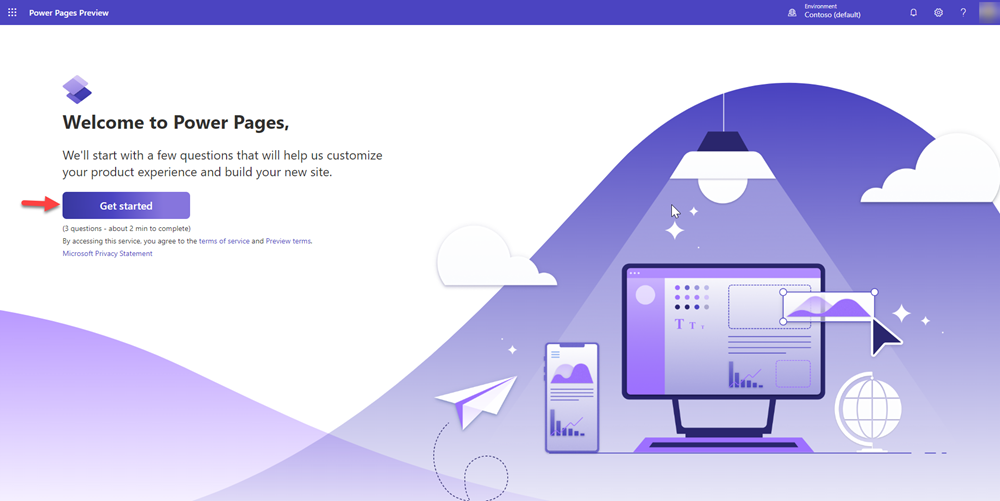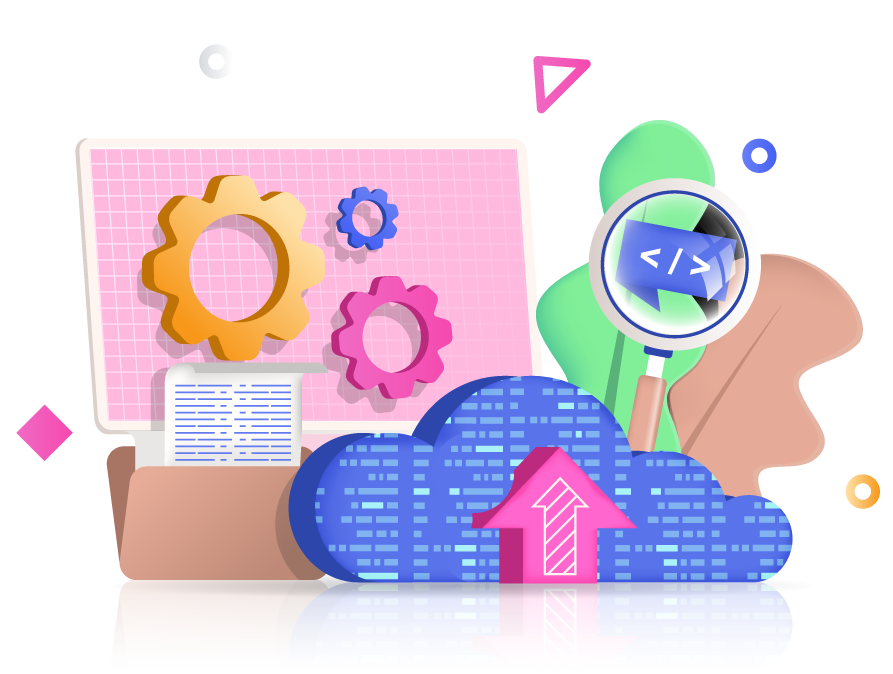Breaking Down Silos: How monday.com Unifies Teams Across DepartmentsIn today’s fast-paced business environment, the biggest roadblock to efficiency isn’t just outdated processes—it’s siloed teams. Different departments often operate in isolation, leading to...

Introducing Microsoft Dynamics 365 Copilot
Revolutionizing Business Processes with
Next-Gen AI: Introducing
Microsoft Dynamics 365 Copilot
The CRM Team
March 28, 2023
7 Mins Read
# Dynamics 365, Microsoft D365, Dynamics CRM, Next-gen AI, Microsoft Dynamics 365 Copilot, AI-powered business processes
Microsoft Dynamics 365 Copilot: A Game-Changer in CRM
The world of customer relationship management (CRM) is always evolving. As businesses compete for customer loyalty and attention, they seek new ways to engage, delight, and retain customers. In recent years, artificial intelligence (AI) has emerged as a powerful tool for improving customer experiences and driving growth. Microsoft Dynamics 365 Copilot is the latest and most advanced solution in this space, providing from sales to customer service professionals with personalized recommendations, streamlined workflows, and valuable insights into customer interactions and behaviors.

What is Dynamics 365 Copilot?
Microsoft Dynamics 365 Copilot is a groundbreaking AI-powered solution that offers a wide range of features to streamline and automate various business processes.
Microsoft’s CVP of Business Apps and Platform, Charles Lamanna, recently revealed the release of Dynamics 365 Copilot on March 6, 2023. This revolutionary AI-powered solution is designed to optimize and automate an array of business processes, ranging from financial management and supply chain operations to customer service and sales.
In this article, we’ll delve into the essential features of Dynamics 365 Copilot, uncover the advantages it offers to businesses of all sizes
Let’s take a closer look at some of its key features:
Natural Language Processing (NLP)
Dynamics 365 Copilot has the unique ability to understand and respond to natural language queries, making it easier for users to interact with the system using everyday language. This feature eliminates the need for complex commands or programming, allowing users to perform tasks efficiently. For instance, users can simply ask Copilot to create a new invoice for a customer, and the system will automatically generate the relevant document based on data in the chosen ERP system.
Predictive Analytics
Another standout feature of Dynamics 365 Copilot is its advanced analytics capabilities. The solution employs machine learning algorithms to analyze vast amounts of data from multiple sources, including transactional data, customer feedback, and social media. With this, Copilot can provide insights and recommendations to help improve decision-making and drive better business outcomes. For instance, Copilot can identify customer complaints’ trends about a particular product, prompting companies to investigate and resolve the issue before it escalates.
Customizable Workflows
Dynamics 365 Copilot also allows users to create and customize workflows that align with their specific business processes and requirements. This means that companies can tailor their CRM/ERP systems to their unique needs instead of relying on a one-size-fits-all solution. For example, a manufacturing company could create a workflow that automates the process of scheduling production runs based on demand forecasts and inventory levels. This would help to minimize waste and optimize production efficiency.
When it comes to business success, few things are as important as efficiency, customer experience, data insights, and flexibility. That’s where Microsoft Dynamics 365 Copilot comes in. This AI-powered solution promises to streamline and automate a variety of business processes, making it a powerful tool for companies of all sizes.
Let’s take a closer look at the benefits of Dynamics 365 Copilot for your business:
Increased Efficiency
By automating routine tasks and providing insights, Dynamics 365 Copilot can free up your workforce’s valuable time and optimize resources that can be redirected to more strategic activities. This can lead to increased efficiency and productivity across the organization.
Improved Customer Experience
Dynamics 365 Copilot can analyze customer feedback and identify trends to help you address issues proactively and improve your overall customer service. This can lead to higher customer satisfaction, increased brand loyalty, and increased revenue and profitability. Additionally, Microsoft is simplifying virtual agent creation for customer service departments using Power Virtual Agents with conversation boosters, which can help customers get fast access to answers from company websites and internal knowledge bases through Azure OpenAI Service and Bing.
Enhanced Data Insights
With Copilot’s advanced analytics capabilities, Dynamics 365 Copilot can help companies gain deeper insights into daily business operations and what customers are looking for. This can provide valuable intelligence that can be used to identify new opportunities, optimize processes, and keep you in the know.
Greater Flexibility
Microsoft Dynamics 365 Copilot’s customizable workflows and its functionality to integrate with different Microsoft products give businesses greater flexibility and agility in responding to evolving business requirements. This can help organizations future-proof their operations and ensure they enjoy long-term success.
Overall, Dynamics 365 Copilot empowers businesses with the latest advancements in AI technology, making it possible to automate tedious tasks and unlock the full potential of the workforce. The solution promises to accelerate innovation, improve business outcomes, and transform the way organizations operate in every line of business.
Connect with Solution Sales Professionals at The CRM Team to understand how you can utilize the power of Dynamics 365 Copilot like many organizations that are taking advantage of OpenAI’s ChatGPT.
Learn more about D365 Copilot
Don’t miss more articles by The CRM Team
Breaking Down Silos: How monday.com Unifies Teams Across Departments
Avoiding common mistakes when adopting monday.com
Avoiding common mistakes when adopting monday.com - Unlock Its Full Potential for Business Successmonday.com has transformed how businesses manage projects, workflows, and team collaboration. It’s a powerful Work OS that promises automation, real-time insights, and...
Avoiding Pitfalls and Ensuring Success in Dynamics 365 Customer Engagement Implementation
Avoiding Pitfalls and Ensuring Success in Dynamics 365 Customer Engagement Implementation by Taryn EngelbrechtImplementing Dynamics 365 Customer Engagement can be a game-changer for organizations looking to enhance their digital presence and improve customer...








































Recent Comments